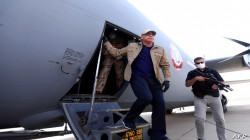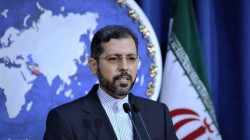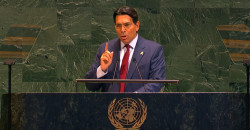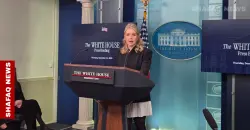IRGC for oil.. reasons why Tehran want its parallel army off the terrorism list
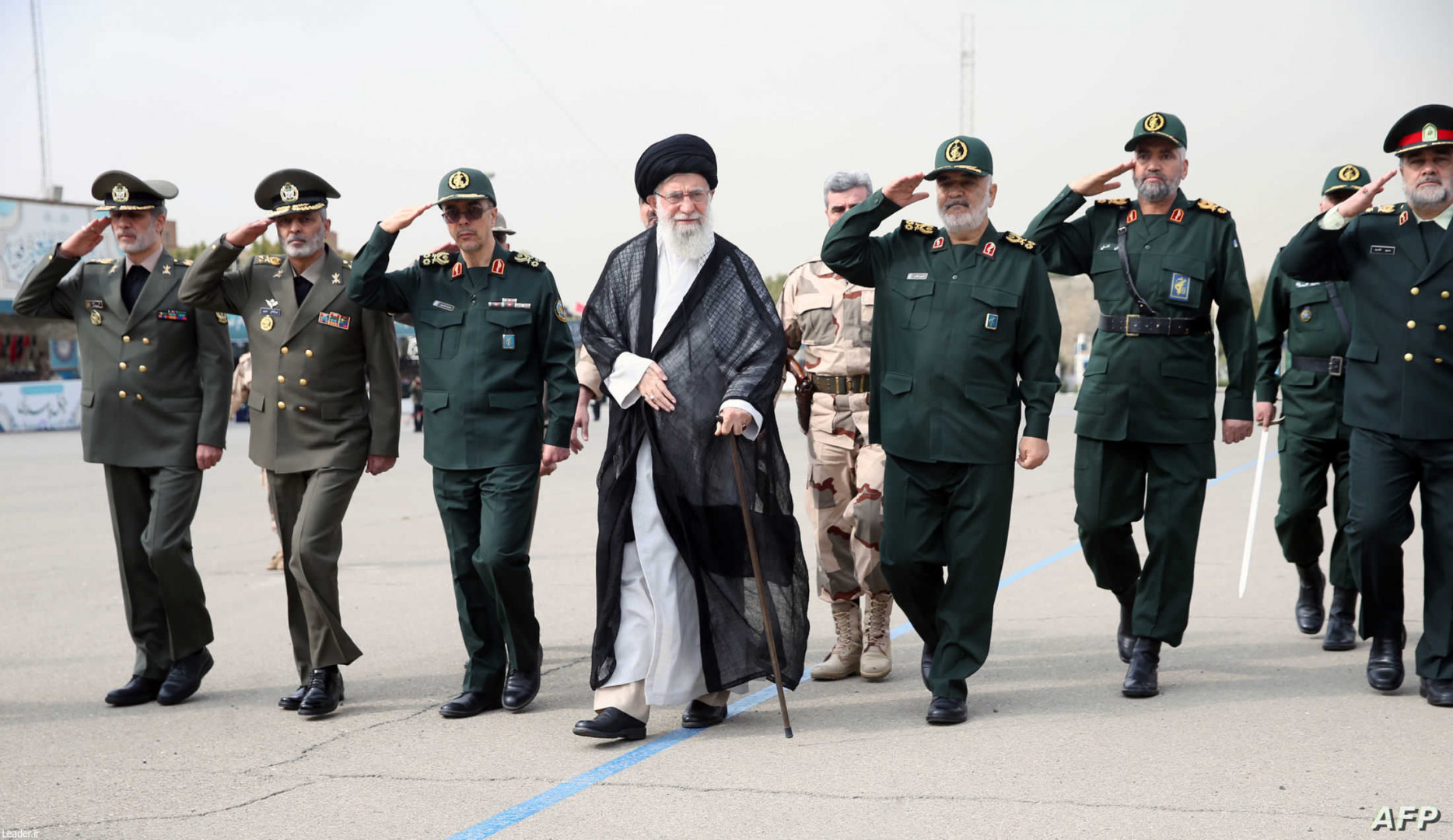
Shafaq News / If reports that the administration of President Joe Biden intends to remove the Islamic Revolutionary Guard Corps (IRGC) from the list of terrorist organizations are true, Iran would achieve a victory as important as its nuclear program itself.
The last negotiations..
This balancing act is not exaggerated, given that the IRGC is the Iranian regime's backbone and a striking and effective force at the political, economic, and security levels.
As a result, the IRGC's liberation from U.S. sanctions, which affects roughly one-third of the Iranian economy, means a fresh start that revitalizes the Iranian regime in the post-Islamic Republic, which has reached the age of 40.
The U.S. news site Axios quoted Israeli-U.S. sources saying that Biden was considering removing the IRGC from the terrorist blacklist in exchange for a public commitment from Iran to de-escalate the region.
So far, the Vienna negotiations, which were suspended "suddenly and temporarily," appear to have entered the final bargaining phase after almost folding the aspects of the nuclear agreement and expanding slightly towards related issues. Negotiations, for example, were abruptly halted after reports that Moscow demanded assurances that its trade and economic relations with Tehran would not be harmed by Western sanctions imposed on Russia as a result of the Ukraine conflict.
According to other reports, the Americans are eager to flood global markets with oil and gas to compensate for Russia's sanctioned energy sources, hence the rush to agree with Iran (as well as Venezuela) to expedite Iran's return to the global energy market.
Western powers, specifically Washington, have also reportedly attempted to raise issues other than the nuclear agenda, such as Iran's missile capabilities, Tehran's regional role, its attacks on U.S. forces and interests in the region, and the roles played by the IRGC regionally in general.
Although the Axios report has not been officially confirmed, if the details are correct, it reflects the strong American desire to lift sanctions on Iran to allow it to compete in the global energy market.
On the other hand, it reflects Iran's firm belief in the IRGC and its role as the regime's backbone and the jewel in Iran's crown.
Growing influence..
Since its formation in 1979 on the orders of Iran's revolutionary leader, Khomeini, the IRGC's influence has gradually grown over the decades, eventually becoming the regime's strike force.
The fundamental shift in the U.S. position on the IRGC occurred on April 8, 2019, when the White House announced that the IRGC had been added to the U.S. list of terrorist organizations, in what Washington described at the time as the appropriate response to Iran's behavior during the administration of former President Donald Trump.
At the time, the Trump administration ramped up pressure on Iran following its unilateral withdrawal from the Iran nuclear deal.
However, the most significant shift in the U.S. position was the assassination of the Quds Force commander General Qasem Soleimani and the Deputy Commander of al-Hashed al-Shaabi (Popular Mobilization Forces-P.M.F.) Abu Mahdi al-Muhandis, that almost sparked an open military confrontation between Iranians and Americans.
The open confrontation did not occur, and despite The Supreme Leader Ali Khamenei's decision to respond to the U.S. assassination by striking the Ayn al-Asad Airbase, the IRGC chose to pursue a policy of veiled harassment that does not adopt high-level escalation, such as targeting American positions and interests in Iraq or the east of Syria, in addition to sporadic harassment of military and commercial ships in the Gulf and the Arabian Sea.
Nonetheless, the IRGC has become a key player in Iran's economy, particularly in establishing institutions in conjunction with U.S. and Western sanctions in general, either by circumventing them or attempting to develop Iran's capabilities to mitigate the sanctions' effects.
Parallel Army..
The IRGC has become a "parallel Iranian army", perhaps more so, as it can break into the core of domestic political life, with widespread freedom of movement at the external level, which contribute to strengthening its balance internally, penetrating power structures, as well as expanding its reach and powers.
On May 5, 1979, Khomeini issued a decree establishing the IRGC and officially tasked it with protecting the regime from enemies and adversaries at home and abroad and countering external interventions.
At the time, the IRGC was the alternative to the Iranian armed forces, which had just emerged from the authority of the deposed Shah, and the new regime was not fully assured of its loyalty.
It was clear that the IRGC's development accelerated, especially with the outbreak of the Iran-Iraq war and the regime's need for a reliable device to protect it from any sudden internal threats.
The IRGC's role gradually evolved, for example, from its early 1980s contribution to the formation of Hezbollah in Lebanon to its direct role in protecting the Damascus regime with the outbreak of war in Syria 11 years ago.
To finance its power and increase its independence, the IRGC has been able to acquire extensive financial and commercial resources and assets, including arms production, through supervision of various factories, tourism bodies, oil sources, infrastructure projects, petrochemical industries, acquire a vast arsenal of multi-range and powerful missiles, in addition to overseeing and protecting the nuclear program itself. Experts estimate that the IRGC generates more than $10 billion in self-revenue per year.
Western media frequently emphasizes that the IRGC effectively controls an economic empire within Iran and that it already controls one-third of Iran's economy.
Ironically, its role grew as U.S. pressure and sanctions on Iran increased in an attempt to weaken it, causing adverse consequences of the IRGC's rise in dominance and influence both internally and externally.
There are no official estimates of the IRGC's size, but its elements have grown from a few thousand lightly armed men at the start of the revolution to a military force of more than 100,000 fighters with a vast arsenal of various weapons, including warplanes and drones.
IRGC for oil..
Aware that Washington requires swift action to reintegrate Iran into the global energy market, it was self-evident on Tehran's part to put forward the demand to remove the IRGC from the list of terrorist organizations at the last minute.
Israeli Prime Minister Naftali Bennett revealed on Sunday that Tehran made the request as a precondition for concluding the nuclear deal and that the Biden administration had discussed the possibility of making the move and could still re-include the IRGC on the terrorism list if Tehran did not comply with its commitments to de-escalation in the region.
Bennett and His Foreign Minister Yair Lapid sent a joint letter to President Biden in an attempt to influence the outcome of the nuclear negotiations, stating that the IRGC is Hezbollah in Lebanon, the Islamic Jihad in Gaza, the Houthis in Yemen, and the militias in Iraq, and it is critical that they are not removed from the list of terrorist organizations.
The two Israeli officials said that the possible U.S. move is an insult to the victims, "We find it difficult to believe that the IRGC's definition as a terrorist organization has been abolished in exchange for a promise not to harm Americans."
Exclusive to Shafaq News agency.

